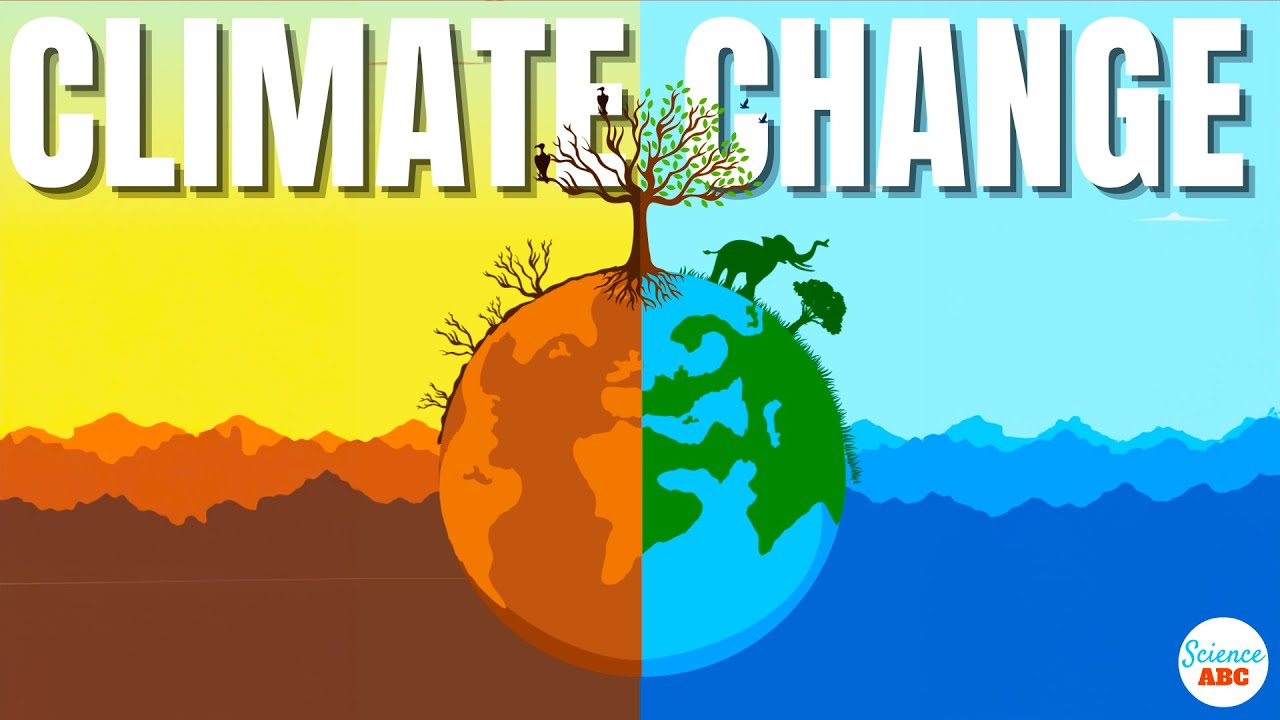Habitat Fragmentation
Summary
TLDRHabitat fragmentation is a critical issue for wildlife, driven largely by human activities like urbanization, agriculture, and climate change. This process divides animal populations, making it harder for species to reproduce, leading to inbreeding and reduced genetic diversity. Using koalas as an example, the script highlights the dangers of fragmented habitats, such as roadways and urban areas that cause harm to animals. Solutions include public education, habitat conservation, and infrastructure like wildlife corridors and crossings, which can reconnect fragmented habitats, helping to protect vulnerable species and prevent extinction.
Takeaways
- 😀 Habitat fragmentation is a long-lasting environmental issue that significantly impacts wildlife populations.
- 😀 The main causes of habitat fragmentation are human activities (e.g., urbanization, agriculture) and natural events (e.g., ice ages, geographical barriers).
- 😀 There are three types of habitat fragmentation: isolation, degradation, and subdivision, each affecting wildlife in different ways.
- 😀 Koalas, an iconic species in Australia, are heavily impacted by habitat fragmentation, leading to population bottlenecks and reduced gene flow.
- 😀 Human activities like agriculture, deforestation, and urban expansion are the primary drivers of habitat fragmentation affecting koalas.
- 😀 Fragmented habitats lead to isolation, making it harder for species like koalas to reproduce, resulting in inbreeding and genetic decline.
- 😀 Fragmented habitats also increase the risk of animals being exposed to dangers like roads, predators, and human intervention.
- 😀 In southeast Queensland, over 100 koalas are hospitalized each year due to dog attacks, with 75% of them dying from injuries.
- 😀 Solutions to combat habitat fragmentation include public education, habitat restoration, and the creation of wildlife corridors or crossings.
- 😀 Wildlife corridors and crossings, such as bridges or tunnels, help reconnect fragmented habitats and reduce the risk of animal accidents on roads.
- 😀 With global efforts and innovative solutions, it is possible to mitigate the effects of habitat fragmentation and protect wildlife populations.
Q & A
What is habitat fragmentation, and what causes it?
-Habitat fragmentation refers to the breaking up of a large area of land that is inhabited by a population of animals. It is primarily caused by human activities like agriculture, urbanization, and infrastructure development, as well as natural events such as glacial cycles or biogeographical barriers.
What are the three types of habitat fragmentation?
-The three types of habitat fragmentation are habitat isolation, habitat degradation, and habitat subdivision. Each of these refers to different aspects of habitat fragmentation, but all ultimately lead to the same problem: the fragmentation of animal habitats.
How has habitat fragmentation impacted koalas?
-Koalas have been heavily impacted by habitat fragmentation over thousands of years. Human activities like urbanization and agriculture, as well as natural barriers like rivers and valleys, have isolated koala populations, making it harder for them to find mates and leading to reduced genetic diversity.
What role do natural barriers play in habitat fragmentation?
-Natural barriers such as rivers, valleys, and mountains have historically restricted the movement of species, leading to isolated populations. For koalas, these natural barriers have created bottlenecked populations that have had limited gene flow and movement.
What are some human-caused factors contributing to habitat fragmentation?
-Human-caused factors include deforestation for agriculture, urbanization, forest fires, droughts, and climate change. These activities shrink and fragment the natural habitats of species, contributing to the decline of biodiversity.
How does habitat fragmentation lead to inbreeding and reduced genetic diversity?
-As habitats become isolated and populations are separated by large distances, it becomes harder for individuals to find mates. This isolation leads to inbreeding, which reduces genetic diversity, making species more vulnerable to diseases and environmental changes.
What are some dangers koalas face due to habitat fragmentation?
-Koalas are forced to move through developed areas, crossing dangerous roads, or passing through properties where they can be attacked by dogs or drown in backyard swimming pools. In southeast Queensland, over 100 koalas are hospitalized each year due to dog attacks.
What percentage of koalas that are hospitalized due to dog attacks die from their injuries?
-Approximately 75% of the koalas that are hospitalized after being attacked by dogs die from their injuries.
What are some solutions to mitigate habitat fragmentation for wildlife?
-Some simple solutions include public education about habitat destruction and the reconstruction of habitats through measures like replanting or building roads around specific habitats. More complex solutions involve creating wildlife crossings or corridors, which connect fragmented habitats and provide safe passages for animals across roads.
How have wildlife crossings been used to address habitat fragmentation?
-Wildlife crossings, such as overpasses or underpasses, allow animals to safely cross highways and other barriers. The Netherlands has implemented such crossings to help protect wildlife and connect fragmented habitats, and similar solutions could help koalas and other species.
Outlines

This section is available to paid users only. Please upgrade to access this part.
Upgrade NowMindmap

This section is available to paid users only. Please upgrade to access this part.
Upgrade NowKeywords

This section is available to paid users only. Please upgrade to access this part.
Upgrade NowHighlights

This section is available to paid users only. Please upgrade to access this part.
Upgrade NowTranscripts

This section is available to paid users only. Please upgrade to access this part.
Upgrade NowBrowse More Related Video

Why is biodiversity important to me?

Understanding Forest Fragmentation: A Deep Dive into Our Changing Landscapes

Human Impacts on Biodiversity | Ecology and Environment | Biology | FuseSchool

Climate Change and Global Warming: Explained in Simple Words for Beginners

Ancaman Terhadap Keanekaragaman Hayati

Human impacts on ecosystems | Biodiversity and human impacts | High school biology | Khan Academy
5.0 / 5 (0 votes)